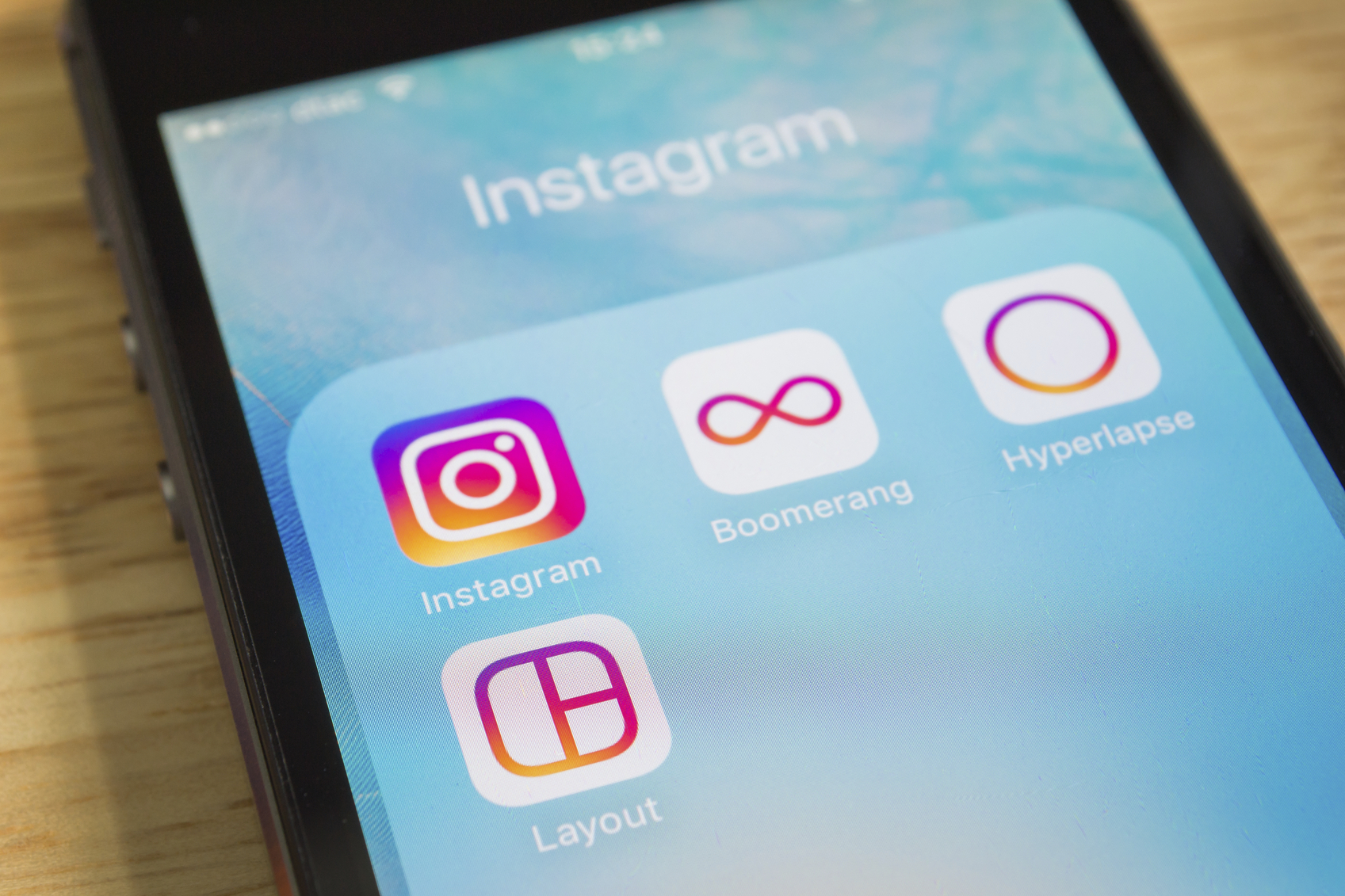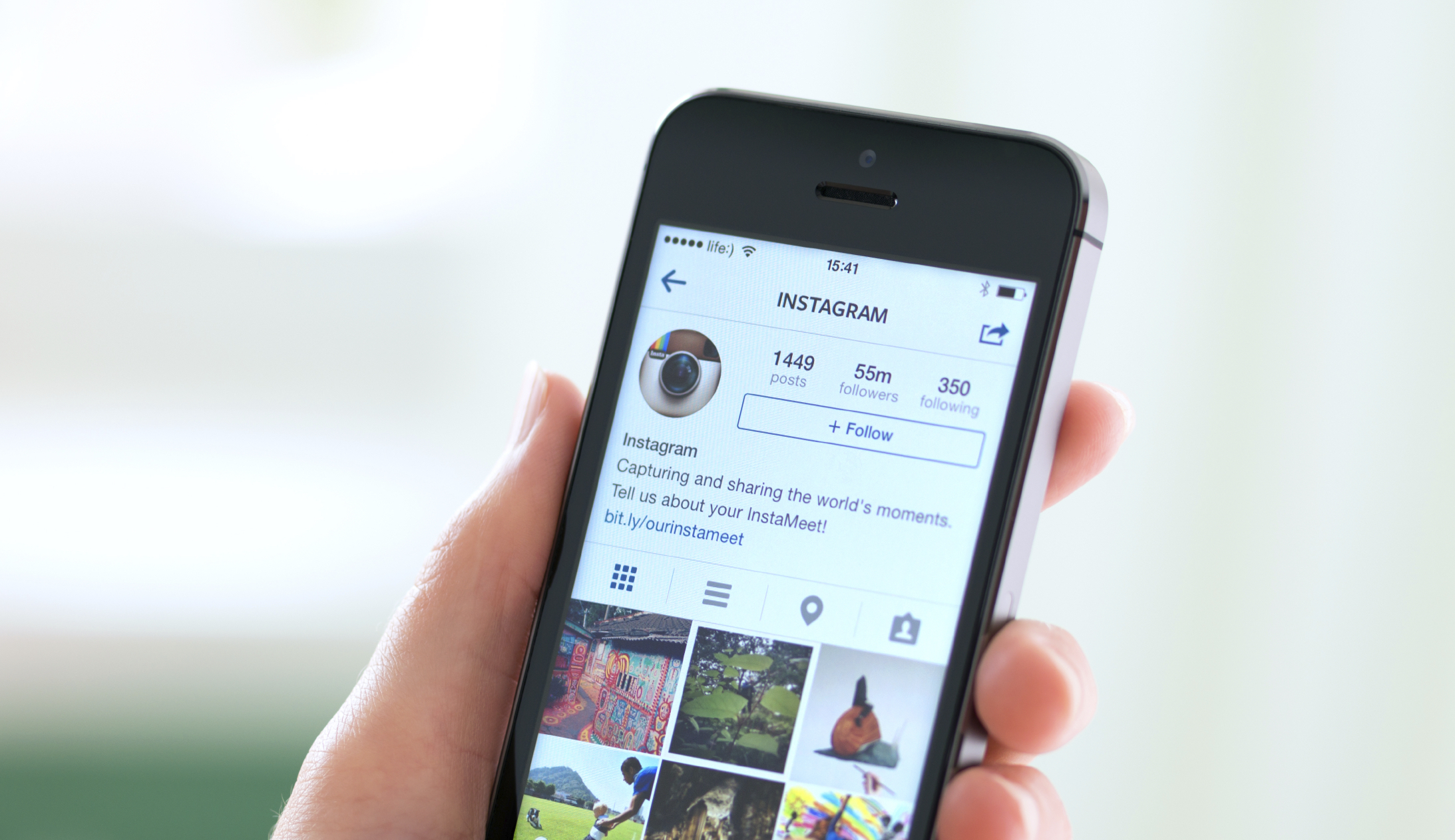MAGNA, the intelligence, investment and innovation unit within IPG Mediabrands, and IPG Media Lab, the creative technology arm of IPG Mediabrands, in partnership with Twitter today announced the results of a scientific media trial examining the location of video ads within a social environment. The resulting report, The Art of the Takeover: Optimizing What Consumers See First, reveals best practices for in-feed advertising as well as guidelines for utilizing takeovers across in-feed video and website platforms.
As websites and media properties’ offerings become more uniform, an advertiser’s ROI becomes more important to achieve sales figures. The report breaks down key differences in effectiveness between First View (Promoted Video at the top of the timeline) and “standard view” (Promoted Video throughout the timeline). Additionally, the study details how in-feed video ads located strategically at the top of the feed are twice as likely to be retained compared to similarly placed takeover ads on a website.
Key Highlights Include:
- In a social environment, takeovers (ads at top of the feed) work harder than ads lower down.
- With its premium location, takeovers excel at building brand awareness, likely because they are on screen an average of 50% more than ads lower in the feed.
- Takeovers outperform in social environments.
- Social takeovers are two times more memorable than similarly placed ads in a website takeover, likely because ads in a social environment feel more relevant and less intrusive to the user.
- While shorter ads (GIFs and :06 seconds) feel most appropriate in a social environment, use :15+ second takeover ads to increase awareness of new products.





 Last week Tracy Swedlow’s  annual “TV of Tomorrow” Conference was held in San Francisco where the “who’s who” of Interactive television gathered to discuss the future of television from broadcast to broadband including
Last week Tracy Swedlow’s  annual “TV of Tomorrow” Conference was held in San Francisco where the “who’s who” of Interactive television gathered to discuss the future of television from broadcast to broadband including 